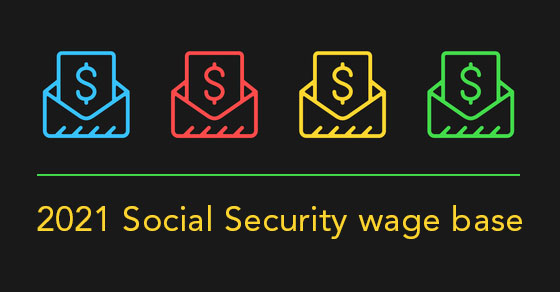Are you thinking about setting up a retirement plan for yourself and your employees, but you’re worried about the financial commitment and administrative burdens involved in providing a traditional pension plan? Two options to consider are a “simplified employee pension” (SEP) or a “savings incentive match plan for employees” (SIMPLE).
SEPs are intended as an alternative to “qualified” retirement plans, particularly for small businesses. The relative ease of administration and the discretion that you, as the employer, are permitted in deciding whether or not to make annual contributions, are features that are appealing.
Uncomplicated paperwork
If you don’t already have a qualified retirement plan, you can set up a SEP simply by using the IRS model SEP, Form 5305-SEP. By adopting and implementing this model SEP, which doesn’t have to be filed with the IRS, you’ll have satisfied the SEP requirements. This means that as the employer, you’ll get a current income tax deduction for contributions you make on behalf of your employees. Your employees won’t be taxed when the contributions are made but will be taxed later when distributions are made, usually at retirement. Depending on your needs, an individually-designed SEP — instead of the model SEP — may be appropriate for you.
When you set up a SEP for yourself and your employees, you’ll make deductible contributions to each employee’s IRA, called a SEP-IRA, which must be IRS-approved. The maximum amount of deductible contributions that you can make to an employee’s SEP-IRA, and that he or she can exclude from income, is the lesser of: 25% of compensation and $58,000 for 2021. The deduction for your contributions to employees’ SEP-IRAs isn’t limited by the deduction ceiling applicable to an individual’s own contribution to a regular IRA. Your employees control their individual IRAs and IRA investments, the earnings on which are tax-free.
There are other requirements you’ll have to meet to be eligible to set up a SEP. Essentially, all regular employees must elect to participate in the program, and contributions can’t discriminate in favor of the highly compensated employees. But these requirements are minor compared to the bookkeeping and other administrative burdens connected with traditional qualified pension and profit-sharing plans.
The detailed records that traditional plans must maintain to comply with the complex nondiscrimination regulations aren’t required for SEPs. And employers aren’t required to file annual reports with IRS, which, for a pension plan, could require the services of an actuary. The required recordkeeping can be done by a trustee of the SEP-IRAs — usually a bank or mutual fund.
SIMPLE Plans
Another option for a business with 100 or fewer employees is a “savings incentive match plan for employees” (SIMPLE). Under these plans, a “SIMPLE IRA” is established for each eligible employee, with the employer making matching contributions based on contributions elected by participating employees under a qualified salary reduction arrangement. The SIMPLE plan is also subject to much less stringent requirements than traditional qualified retirement plans. Or, an employer can adopt a “simple” 401(k) plan, with similar features to a SIMPLE plan, and automatic passage of the otherwise complex nondiscrimination test for 401(k) plans.
For 2021, SIMPLE deferrals are up to $13,500 plus an additional $3,000 catch-up contributions for employees age 50 and older.
Contact us for more information or to discuss any other aspect of your retirement planning.










